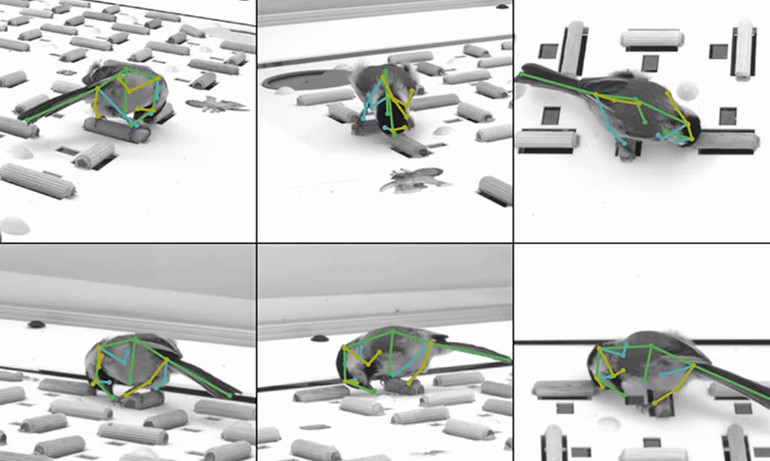Scientists have studied the mechanism of memory formation in birds that prepare food
[ad_1]
Photo: Chettih et al/Cell
Scientists have studied the mechanism of memory formation in birds that prepare food. The activity in their brains that occurs is similar to a bar code.
American scientists came to this conclusion. They are the results of their research published in the journal Cell.
As writes The Guardian, researchers studied black-capped titmouses. They are known for hiding food in the warmer months. According to some estimates, one bird can hide up to 500,000 pieces of food per year. But even more remarkable is their ability to find hidden supplies.
In a study of this mechanism, the scientists gave titmouses sporadic access to sunflower seeds in an area that contained more than 120 places where food could be hidden.

Photo: Chettih et al/Cell
The birds’ behavior and activity in the process of preparing and searching for food, as well as when checking hiding places, were recorded on video.
The team implanted a probe into each bird’s brain to record the activity of neurons in its hippocampus, a brain structure critical to memory formation.
The results show that even if the bird hid the seed in the same place several times, a different combination of neurons fired in its hippocampus each time. This caused memory activity similar in structure to a barcode.
When the bird hid its seeds for storage, the scientists recorded the same “barcode” that was present during its search.
The barcodes were different from place cells, neurons in the hippocampus that are known to be involved in the formation of place-specific memories.
“Although the study authors observed place cell activity every time the tit visited the hide, the ‘barcodes’ were activated only when the bird was actually storing or retrieving seeds,” says Dr. Selmaan Chettich of the Zuckerman Institute at Columbia University.
According to him, these findings may apply to the brains of humans and other mammals, but this connection has yet to be proven.
It will be recalled that in Scotland, due to the climate crisis, the population of some species of birds has halved.
[ad_2]
Original Source Link











